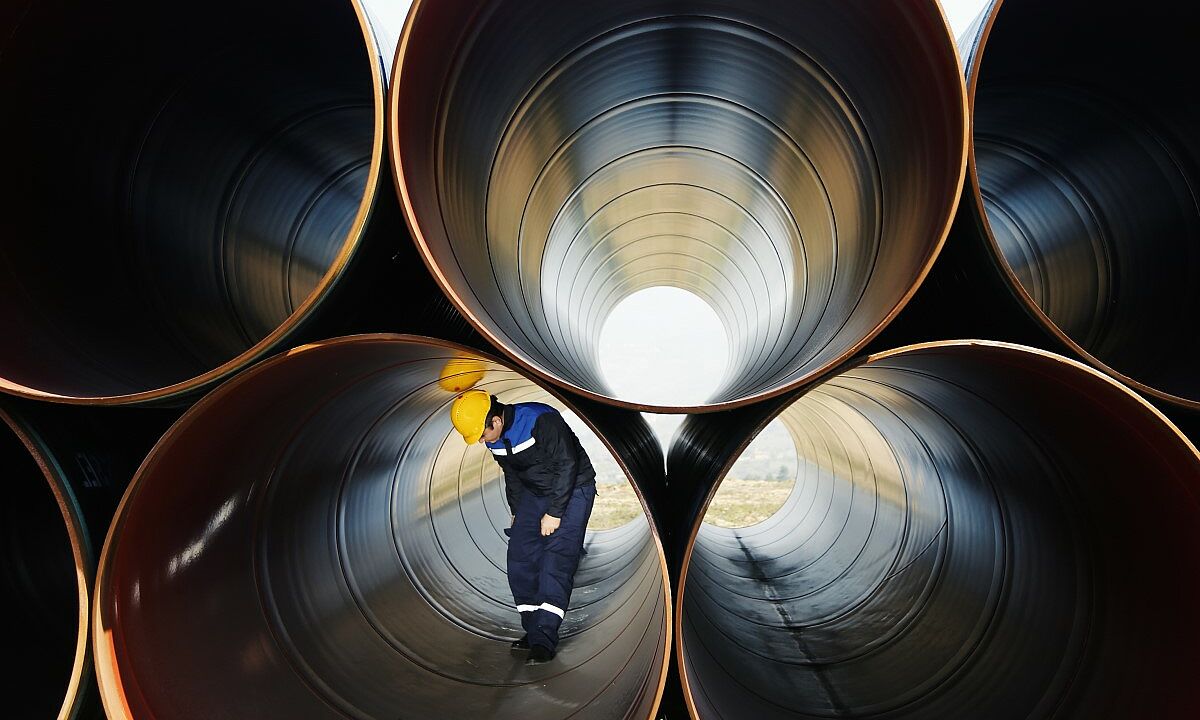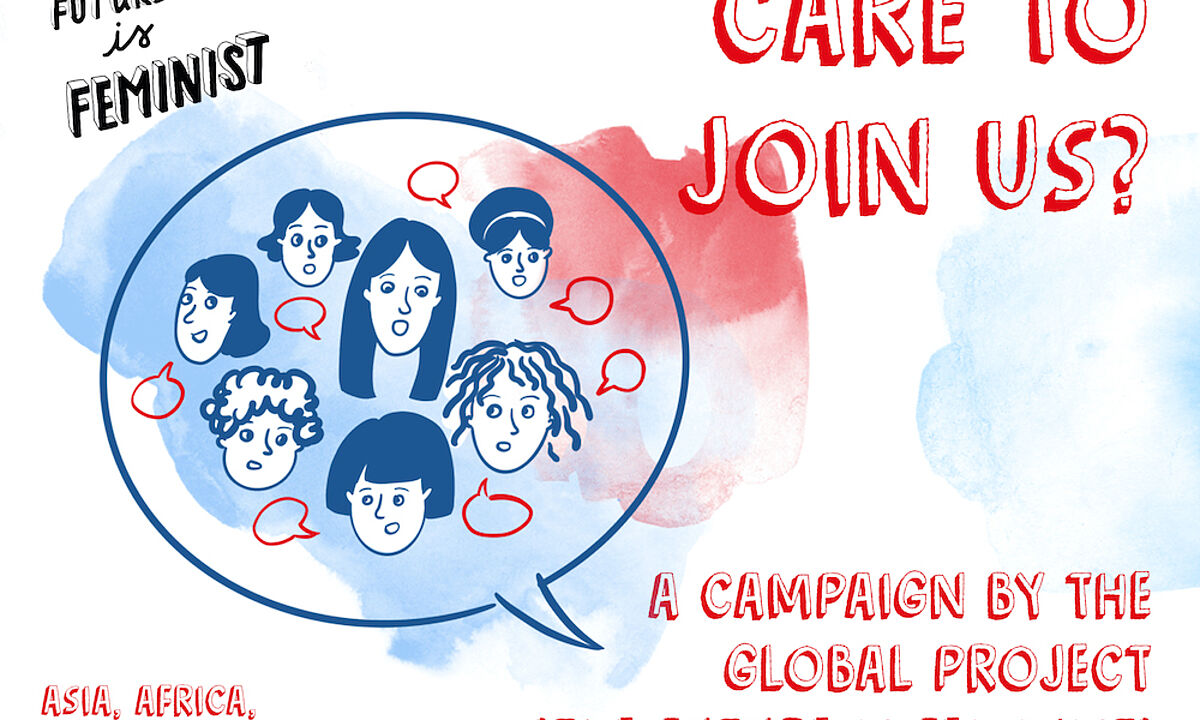Refugees: why they flee, what routes they take, and why so many are coming to Germany
Despite a world that has become more globalized, governments uphold their right to restrict people’s movements at their border, while upholding human rights as political and ethical ideals. These restrictions to the freedom of movement may ease when the violation of human rights in the country of origin is a cause for flight. Yet, people flee also for other reasons, including the deteriorating of conditions in temporary places of refuge: e.g. Afghans from Pakistan, Syrians from Jordan and Turkey, Palestinians from Lebanon and thousands of West Africans from Lybia and Morocco. In introducing these and historical complexities, professor Jochen Oltmer writes:
“Since the Second World War, conflicts surrounding and involving minorities, (armed) disputes about how to organize the political system, and efforts to homogenize the population of a given country have punctuated the long process of decolonization, which triggered numerous expulsions and waves of flight. In addition, the Cold War, as a global conflict of systems, had an enormous impact on forced migration events in the second half of the twentieth century. […]
Flight is rarely a linear process; instead, most refugees move in stages. To begin with, there is often a hurried escape into the nearest city or some other nearby, apparently safe place of refuge, followed by a further migration to join relatives or acquaintances who live in a neighboring region or country. Then the refugees may look for an informal or official camp. Another typical pattern sees refugees returning to their homes, often more than once, only to be forced to flee again. Several factors underlie this dynamic, including constantly changing and shifting lines of conflict and perhaps the impossibility of finding safety at the place of refuge and the lack of opportunities to earn money or at least get access to the necessities of life.”
The article first appeared in NG/FH-Quarterly 2/2016.





